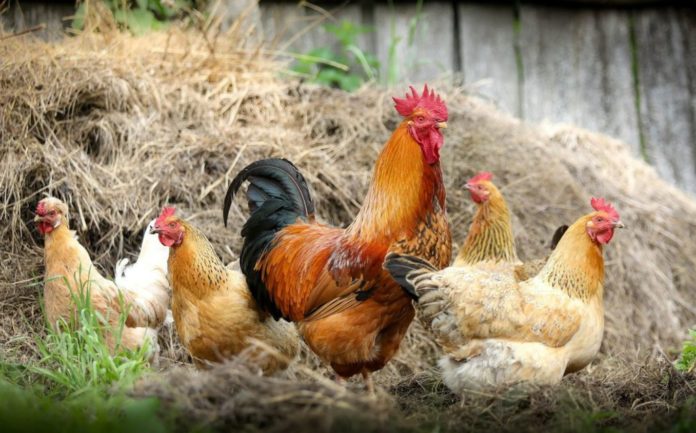Individuals with such genetic vulnerabilities could operate as incubators for the spread of virulent novel IAV subtypes, according to the findings reported in the American Association for the Advancement of Science (AAAS).
Despite the fact that zoonotic avian influenza infections are uncommon, spillover episodes remain a source of novel pandemic virus variants.
The H7N9 avian influenza virus, which was first detected in humans in 2013, was responsible for one of the most recent epidemics. While human infections of H7N9 are rare, and sustained transmission of the virus between people has yet to be observed, this influenza subtype can be exceptionally lethal, with a fatality rate of around 39 percent, significantly higher than SARS-CoV-2. Despite their potential dangers, the molecular processes that allow IAVs to spread between species are unknown.
Human H7N9 infection is now caused primarily by exposure to poultry. Occupational poultry workers, on the other hand, account for only 7 percent of all recorded instances.
These findings show that human genetic variables may play a role in the vulnerability to zoonotic viruses. The researchers of the current study used whole-genome sequencing to look into the role of rare gene mutations in H7N9 infection in 220 Han Chinese patients who were confirmed to have had the virus between 2013 and 2017, as well as a control group of healthy poultry workers who could be highly exposed to the virus.
The team reports several faulty single-nucleotide variations in the MX1 gene, which codes for an interferon-induced antiviral protein that controls IAV infections in mice, in employees with lab-confirmed H7N9 illnesses.
According to the scientists, in vitro infection tests in human cells revealed that the majority of the discovered MX1 variants (14 out of 17) have lost their capacity to suppress avian IAV, including H7N9.
The study confirms that rare, single-nucleotide variants in the MX1 gene can increase human susceptibility to zoonotic H7N9 avian influenza infection.
“In the future,” say the authors, “to decrease the risk of pandemic viruses, it will be important for disease surveillance…to screen vulnerable human populations for deleterious variations in MX1.”
Image Credit: Getty
